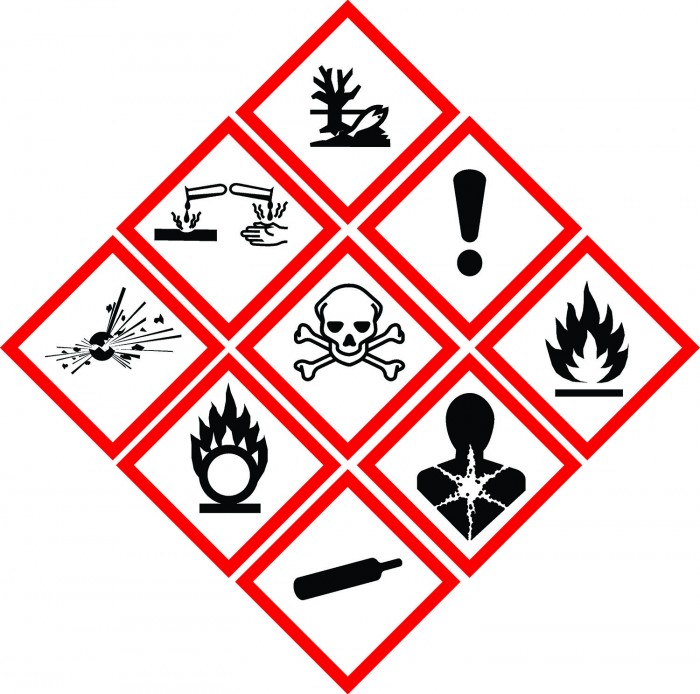The Chemical and Allied Industries’ Association (CAIA) hosted a successful two-day training workshop on the Globally Harmonized System of Classification and Labelling of Chemicals (GHS) at its head offices in Rosebank.
The course was presented by Elsie Phillips, past Head of Product Stewardship at Sasol Chemical Industries and was attended by 35 delegates.
“The Globally Harmonized System of Classification and Labelling of Chemicals (GHS) is a system that requires all companies to follow the same rules and principles when classifying and labelling hazardous chemicals. When a chemical is classified as hazardous, there are specific requirements to follow when transporting, storing and handling the chemical.
“The GHS label provides basic safety, health and environmental information of the hazardous chemical including recommendations on protective measures and emergency actions. It serves as a hazard communication tool and assists with transferring essential hazard information from the supplier of a hazardous chemical to the user of the chemical,” says Deidré Penfold, Executive Director of CAIA.
The objective of the GHS is to create consistency when providing information on safety, health and environmental matters for hazardous chemicals. To establish uniformity, specific requirements have been laid down as to how information on the hazardous chemical label should be provided.
The training workshop was attended by SHEQ managers and risk professionals, technical and logistics personnel, supervisors and other personnel who handle and classify chemicals and personnel who need to implement GHS at South Africa’s chemical companies.
“After completion of the workshop the delegates had gained a better understanding of what a safety data sheet (SDS) is as well as the purpose thereof, understood the South African legislation applicable to the SDS and could use and interpret the SDS,” says Penfold.
Specific outcomes intended for the workshop were to:
· Recognise and group various items found in the learner’s context, according to the impact of their material(s) on health and the environment.
· Read documented information on materials and understand its purpose and use.
· Understand the physical properties of the materials and relate them to the way the materials occur or are used.
· Describe the potential impact of the materials on health and the environment, related to their properties.
· Use materials in the learner’s context.
· Transport, store and care for materials in the learner’s context.
During the assessment after the training workshop delegates were expected to demonstrate achievement of the learning objectives of the GHS Training and were required to meet the following criteria and/or provide the following evidence during the preparatory group work, written assessment and workbook exercises:
· Understanding what a safety data sheet (SDS) is, as well as its purpose.
· Understand where the SDS comes from, as well as its value.
· Understanding of the information supplied in the SDS.
· Overall purpose and applications of relevant SDS’s as defined/listed in accordance with workplace policies and procedures.
· List the different sections of the SDS and explain the content in accordance with each section’s structure.
· Explain the relevance of SANS 10234 (GHS) and SANS 11014 for the SDS.
· Labelling system described in accordance with international specifications.


























